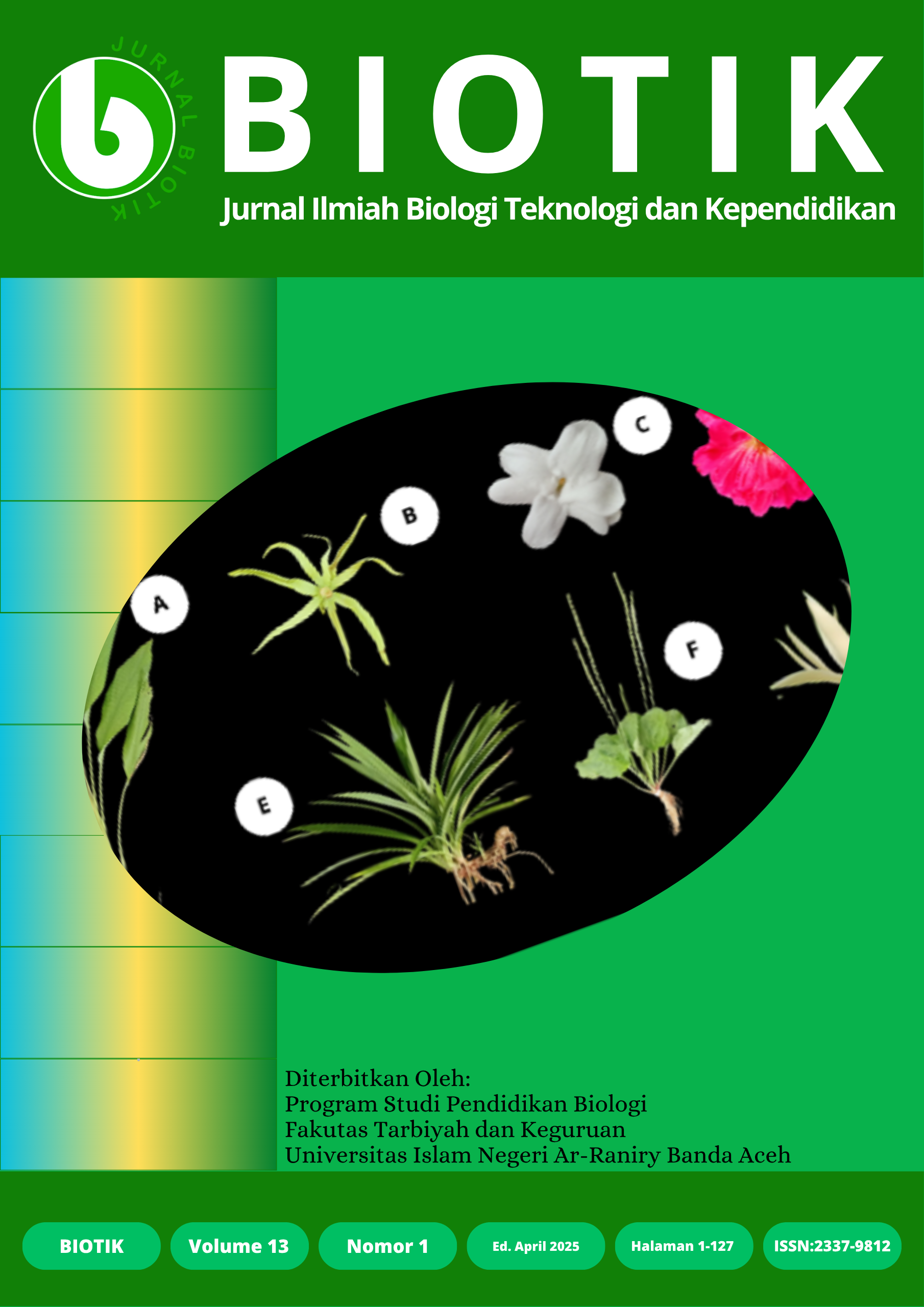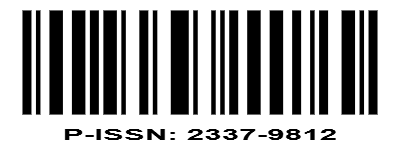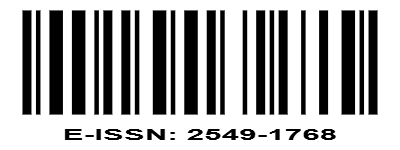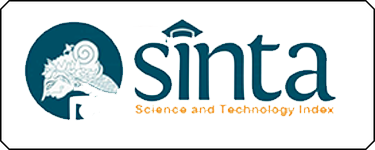Habitat Deterioration of The Golden Horn Bill (Aceros undulatus) in Tahura Pocut Meurah Intan
DOI:
https://doi.org/10.22373/biotik.v13i1.29488Keywords:
Deteriorasi, Tahura Pocut Meurah Intan, Aceros undulatusAbstract
Pocut Meurah Intan Forest Park, also referred to as Tahura Pocut Meurah Intan, is a protected region located in Aceh Province. The transformation of forested lands into single-crop plantations is leading to significant alterations in the ecological environment. The practice of wood gathering through logging in various sections of the Tahura Pocut Meurah Intan region is interfering with the natural habitats of numerous animal species. This research aimed to assess the habitat loss of the golden hornbill (Aceros undulatus) within Tahura Pocut Meurah Intan. The approach employed for this investigation was an exploratory survey. Data was gathered through a combination of techniques, including the line transect method, concentration count method, and quadrat method. Findings indicated that the habitat degradation affecting the golden hornbill (Aceros undulatus) in Tahura Pocut Meurah Intan was alarmingly severe. In 2021, the extent of habitat damage in the Tahura Pocut Meurah Intan area rose to 2 hectares of primary forest and 21 hectares of tree canopy loss.Downloads
References
Kamal, S., Mulyadi., R. Ahadi., N. Amin. (2021). Population of Great Hornbill (Buceros bicornis) In Taman Hutan Raya Pocut Meurah Intan Aceh Province. AL-KAUNIYAH: Jurnal Biologi, 14 (1), 2021, 10-19.
Rachmawati, Y., Rahayuningsih, M., & Kartijono, N. E. (2013). Populasi julang emas (Aceros undulatus) di Gunung Ungaran Jawa Tengah. Unnes Journal of Life Science, 2(1), 43-49.
Bibby, C., Jones, M., & Marsden, S. (2000). Expedition Field Techniques Bird Surveys. In BirdLife International. https://doi.org/10.1086/282106.
Fithri, A. (2012). Bird Inventory on Syiah Kuala University Darussalam, Banda Aceh, Indonesia. Proceedings of The Annual International Conference, 2(1), 406–407. Retrieved from https://scholar.google.co.id/citations?view_op=view_citation& continue=/scholar%3Fhl%3Did%26as_sdt%3D0,5%26scilib%3D1&citilm=1&citation_for_view=glpINtsAAAAJ:d1gkVwhDpl0C&hl=id&oi=p.
Krisanti, A. A. (2017). The Diversity of Diurnal Bird Species on Western Slope of Mount Lawu, Java, Indonesia. Biodiversitas, Journal of Biological Diversity, 18(3), 1077–1083.
Kamal Samsul, Elita Agustina, Azhari, Rizky Ahadi, N. F. (2018). Keanekaragaman Burung pada Beberapa Tipe Habitat di Kawasan Taman Hutan Raya Pocut Meurah Intan. Prosiding Seminar Nasional Pendidikan Biologi ( ISBN : 978-602-61265-2-8 ), Juni 2018 Prosiding Seminar Nasional Pendidikan Biologi ( ISBN : 978-602-61265-2-8 ), Juni 2018, 505–511.
Djufri. (2013). Komposisi Flora Kawasan Rawa Tripa di Kabupaten Aceh Barat. Jurnal EduBio Tropika, 1(1), 6–13. https://doi.org/10.2307/3010535
Akhmaddhian, S. (2016). Penegakan Hukum Lingkungan dan Pengaruhnya Terhadap Pertumbuhan Ekonomi di Indonesia (Studi Kebakaran Hutan Tahun 2015). UNIFIKASI : Jurnal Ilmu Hukum, 3(1), 1–35. https://doi.org/10.25134/unifikasi.v3i1.404.
Damanik, C. (2016, October 11). Kebakaran Lahan di Aceh Besar Meluas. p. 22. Retrieved from https://regional.kompas.com/read/2016/10/11/18310021/kebakaran.lahan.di.aceh.besar.meluas?page=all.
Anggraeni, A. (2016). Analisis Yudiris Pengerusakan Hutan (Deforestasi) Dan Degradasi Hutan Terhadap Lingkungan. Jurisprudentie, 3, 33–41.
Siswoko, B. (2008). Pembangunan, Deforestasi dan Perubahan Iklim.
Jurnal Manajemen Hutan Tropika, 14(2), 89–96.
Downloads
Published
Issue
Section
License
Authors who publish with BIOTIK: Jurnal Ilmiah Biologi Teknologi dan Kependidikan agree to the following terms:
- Authors retain copyright and grant the journal right of first publication with the work simultaneously licensed under a Creative Commons Attribution License that allows others to share the work with an acknowledgement of the work's authorship and initial publication in this journal.
- Authors are able to enter into separate, additional contractual arrangements for the non-exclusive distribution of the journal's published version of the work (e.g., post it to an institutional repository or publish it in a book), with an acknowledgement of its initial publication in this journal.
- Authors are permitted and encouraged to post their work online (e.g., in institutional repositories or on their website) prior to and during the submission process, as it can lead to productive exchanges, as well as earlier and greater citation of published work.












